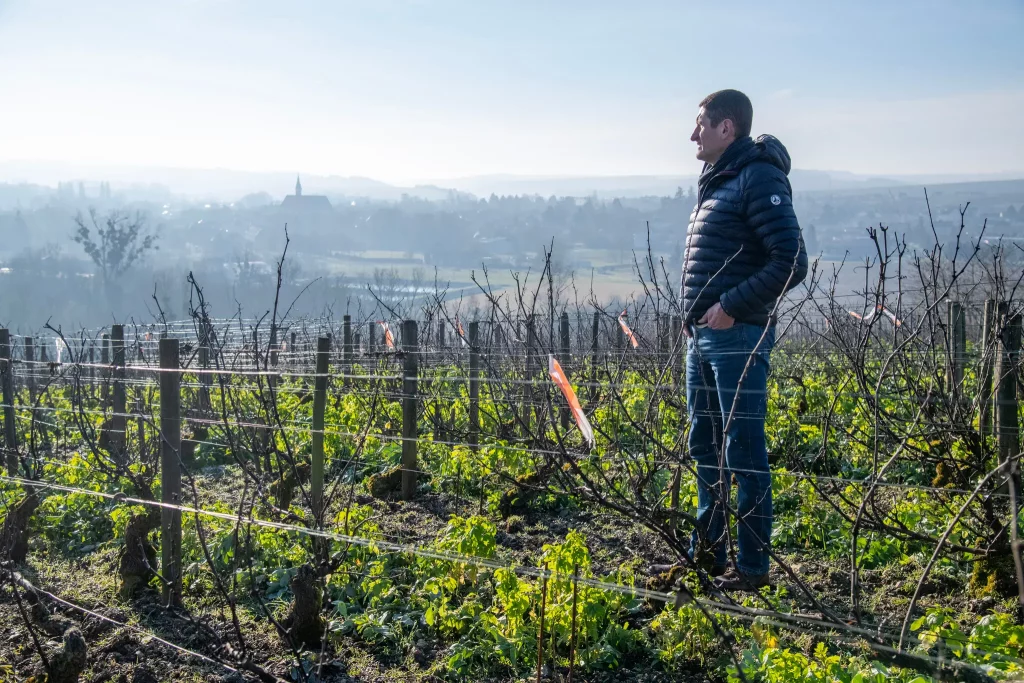
Didier Séguier, director of Domaine William Fèvre, believes Chablis’s terroir is strong enough to withstand the effects of climate change.
By Eric Asimov
Good Chablis is the most distinctive chardonnay wine in the world. I’ve long been convinced of this, and a wine I drank on a recent visit to Chablis reaffirmed my conviction.
It was a 2015 Montée de Tonnerre from William Fèvre, one of Chablis’s best producers. The wine was saline and stony, like drinking liquid seashells. It may sound strange, but it makes sense given that the best Chablis vineyards have Kimmeridgian limestone bedrock and soils, composed partly of fossilized shellfish.
Chardonnay is the world’s most popular wine grape, grown almost anywhere that people make wine. Great chardonnays abound, including some reasonable approximations of the best white Burgundies from the Côte de Beaune, the heart of white Burgundy production. But never have I had a chardonnay that remotely tasted like Chablis, despite claims from wineries worldwide that their wines were “Chablis-like.”
Fèvre farms organically and biodynamically. It’s a large, well-financed estate, so it was able to withstand losing 90 percent of its crop in 2024 to mildew. In 2004, Mr. Séguier said, Fèvre invested roughly $40,000 per acre to string electric cables in its vineyards to warm young shoots and buds in case of spring frosts.
“It was very expensive, but also economical,” he said. “In the long run, it’s more sustainable and cheaper than candles,” the traditional method of battling frost.
Those sorts of investments give large estates like Fèvre an advantage over small vignerons like Eduard and Eleni Vocoret. But they are on the same team when it comes to preserving Chablis’s character. Mr. Séguier believes that the entire region has an advantage when battling climate change: its terroir and the Kimmeridgian limestone.
“Kimmeridgian is stronger than vintage,” he said. “Our location and the soil are stronger than vintage. Kimmeridgian saves us because it keeps freshness, salinity and minerality in the wines.”